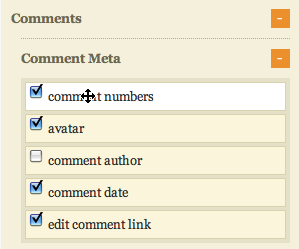
Tweetsgiving is an event that set out to raise $10,000 inside two days for a classroom in Tanzania, and broke target.)Īvi Kaplan also gives some great measurements on how ‘Tweetsgiving’ spread around the world. (Avi Kaplan is a Washington DC-based changeblogger. But at the same time, she points to Avi Kaplan’s blog post reporting that ‘Tweetsgiving’ raised over $11,000 in just 48 hours. Neither does creating a cause on Facebook or simply starting a blog.

But what about fundraising? Can Twitter really help with my fundraising?’īeth Kanter (a coach and trainer in effective use of technology) rightly writes that tweeting doesn’t mean people will give. I can hear some of you saying, ‘This is all nice, Marc. And if anyone of them like it, they may “retweet” it, broadcasting to the people that follow them. Then your blog posts reach those that follow you. You can use tools like TwitterFeed to automatically have blog posts broadcast over Twitter. You are forced to be succinct and understandable.
You can even promote traffic to your website or those of your friends.īetter still, if you can make your comments effectively understood in 140 characters, think about how all your fundraising writing will improve. You can follow other fundraisers and get great real-time advice. You get to hear what people are really thinking about a wide variety of issues. You get to meet people all over the world who might be interested in your cause. Twitter allows you to do that…right in the midst of your normal everyday routine. We so often get stuck to our desk rather than getting out to where our supporters are. One of the hardest things to do as a fundraiser is to maintain relationships. It is used to report new stories – during the Mumbai terrorist attacks in 2008, it is estimated that eyewitnesses sent 80 tweets every five seconds as the tragedy unfolded.īut from a fundraising perspective, Twitter is an amazing way to involve donors and potential donors. People use Twitter to ask questions, follow people that are interesting, (for instance, President Barack Obama, who was an enthusiastic user during his election campaign, though he hasn’t been seen on it since), to promote links to various websites, to coordinate events during conferences. And the conversations get even better when you start answering a question like, ‘What are you focusing on?’ Why would you send a message about what you’re eating? And why would anyone care? It seems as if it’s only useful for narcissistic people, or those wasting time.īut people do care and do converse. The main question on the Twitter home page is, ‘What are you doing now?’ When you first start to tweet, as the messages are called, it feels really odd. It’s sort of like text messaging but on the web. CDE project 22: media relations and the public face of charitiesĪt its most basic level, Twitter is called ‘microblogging.’ You get 140 characters to get your message across. CDE project 21: working with suppliers as partners. CDE project 19: evidence of impact and effectiveness. CDE project 18: supporters as champions for your mission. CDE project 16: creating a distinctive service culture. CDE project 15: the role of trustee boards and senior managers. CDE project 14: getting the right people as fundraisers. CDE project 13: giving choices and managing preference. CDE project 12: inspirational creativity.  CDE project 11: communication with individual donors. CDE project 6: the use and misuse of emotion. CDE project 3: satisfaction and commitment.
CDE project 11: communication with individual donors. CDE project 6: the use and misuse of emotion. CDE project 3: satisfaction and commitment. 
CDE project 2: fundraising and vulnerability. CDE project 1: the use and misuse of language. The 6Ps: a blueprint for transforming fundraising. SOFII’s letter to the future/ 32 lightbulb moments.







 0 kommentar(er)
0 kommentar(er)
